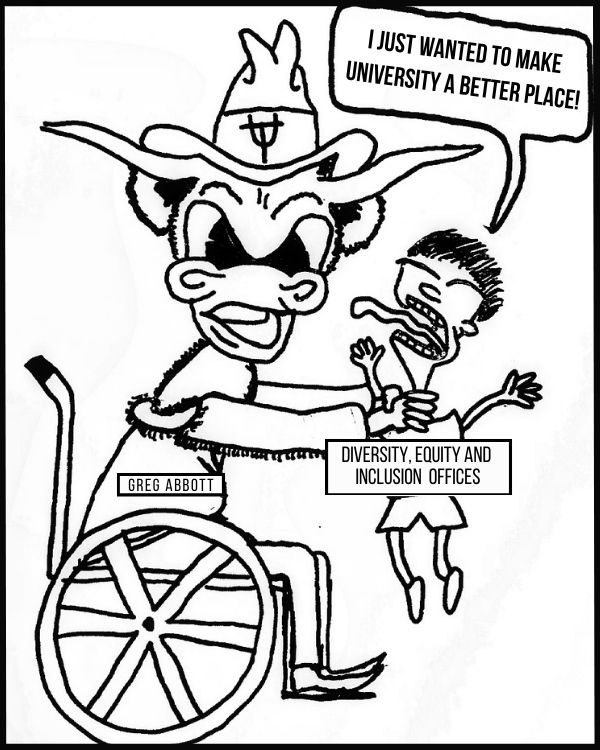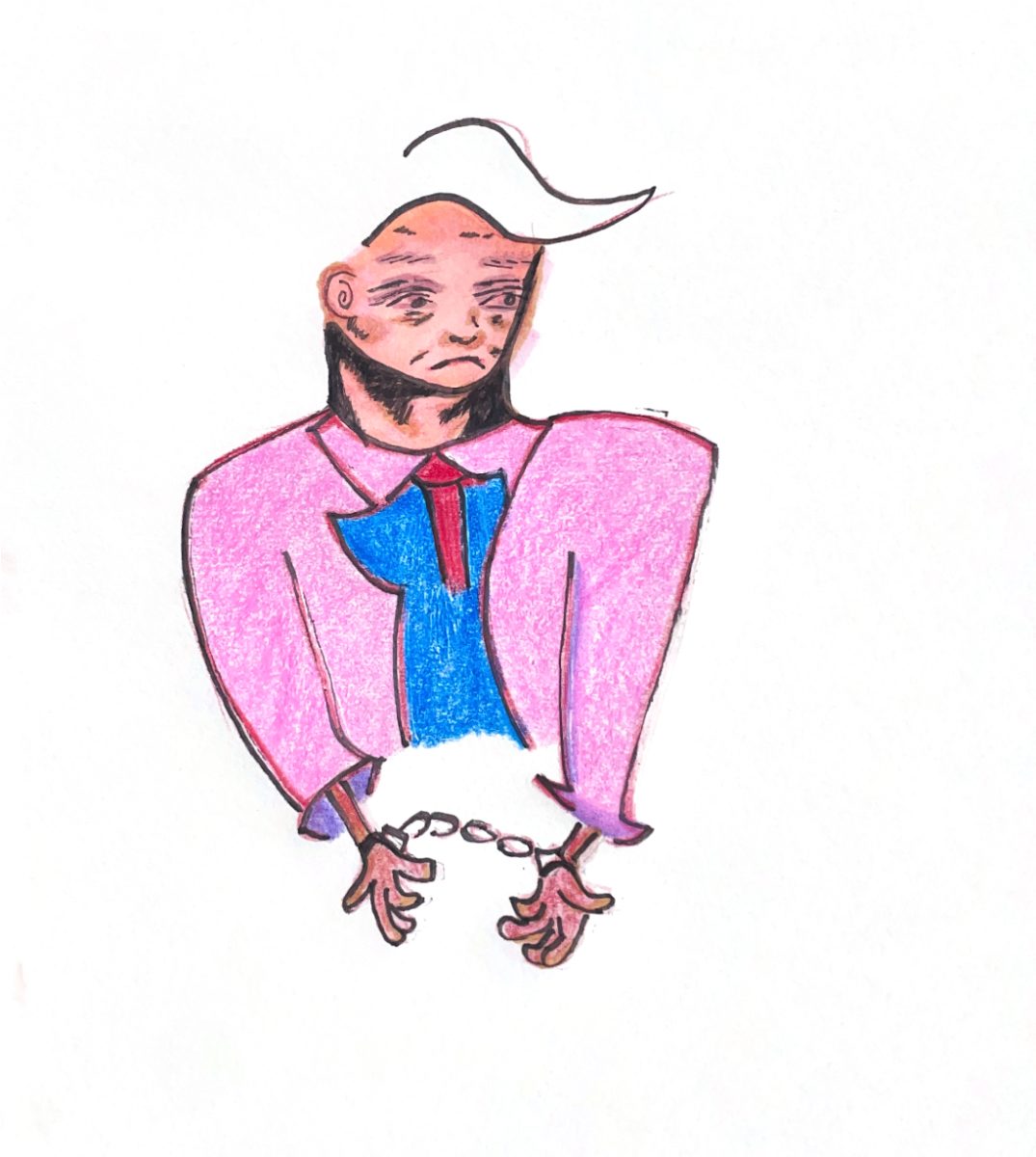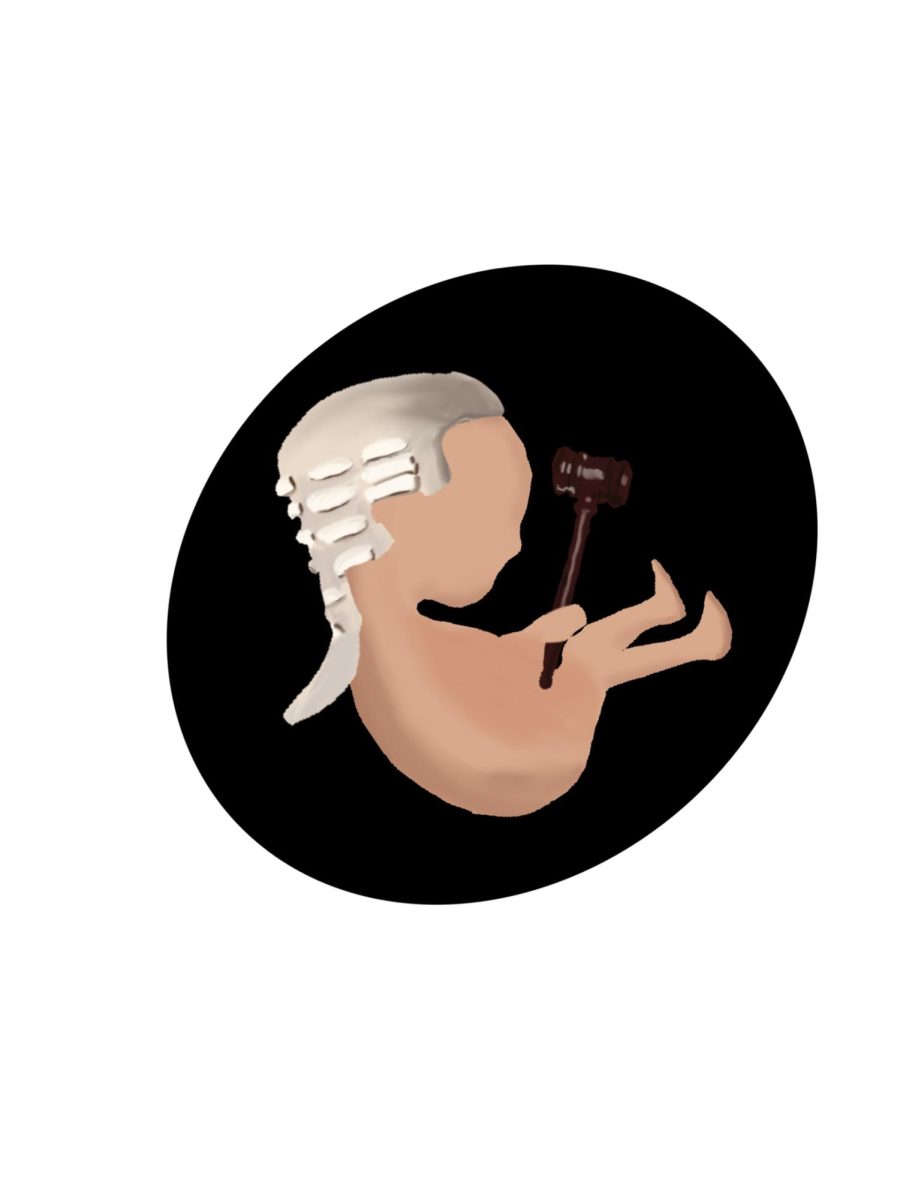Incoming freshmen may never see one of UTSA’s most controversial works of art.
To some students, “Border Crossing,” was an eyesore, but it represented a spirit familiar to San Antonio and UTSA origins.
Created from fiberglass in 1987 by Luis Jiménez, “Border Crossing” depicts a man crossing the border with a woman on his shoulders who carries an infant. The statue pays homage to the struggle of Mexican immigrants who crossed the border in search of a better life; it represents perseverance, hard work and a refusal to bend to the will of adversity.
At its core, the statue is personal, not only to those who identify with its message, but also to the artist who gave it life.
“People talked about aliens as if they landed from outer space; as if they weren’t really people,” Jiménez told the Museum of Fine Arts, Houston about this piece. “I wanted to put a face on them; I wanted to humanize them.”
Jimémez was born in 1940 in El Paso, Texas — a town that epitomizes Mexican-American border culture. After high school, he studied art at the University of Texas at Austin and then at the Ciudad Universitaria in Mexico City.
While Jiménez went as far as New York City to study under other accomplished sculptors, he found inspiration in the hometown that shaped his worldview.
“I went back to my experience in El Paso where this (immigration) is a common sight,” Jiménez said of his inspiration for “Border Crossing.”
Jiménez died in 2006, but his work lives on through his art — art that no longer receives the recognition it deserves.
On Wednesday Aug. 27, UTSA unveiled the Rowdy the Roadrunner statue during a large ceremony featuring some of UTSA’s prominent leaders. The Rowdy statue has been a project many years in the making.
The “Bring Rowdy Home” campaign helped raise more than $25,000 for the six-foot-tall, 11-foot-long statue.
Space to prominently display this statue in the Sombrilla Plaza was made possible by moving “Border Crossing” to the second floor of the University Center.
Certainly Rowdy is a much-deserved symbol for UTSA. As the Roadrunner mascot, the statue has come to represent Roadrunner pride and UTSA spirit.
But what about the “Border Crossing” statue? Is UTSA’s newest installation sentencing immigrants to once again sit out of sight and out of mind?
While the statue was moved inside to protect it from the weather, it no longer serves as a daily reminder of the struggles on which so much San Antonio culture is built.
As UTSA becomes more like a traditional university with traditional students, it must not forget where it came from.
For years, UTSA has been a viable option to part-time, non-traditional students looking for quality University of Texas education without the drive and price tag of Austin. UTSA’s student population, much like the demographic makeup of San Antonio, is dominated by a Hispanic plurality of 46 percent. Latino culture is one of the strongest motifs on campus. From the University Center Paseo to the Sombrilla Fountain and Plaza to the mariachis that play music at the end of graduation ceremonies, UTSA is steeped in South Texas border culture. It’s what has primed UTSA for educational initiatives such as the UTSA Mexico Center.
“Rowdy” and “Border Crossing” are two iconic statues that UTSA students should take pride in having on campus. Both represent a vivacious spirit and something uniquely “UTSA.”
As “Rowdy” assumes its new, prominent location on campus, let’s not forget the statue that reminds us of those who crossed borders, culturally and physically, to make UTSA what it is today.













